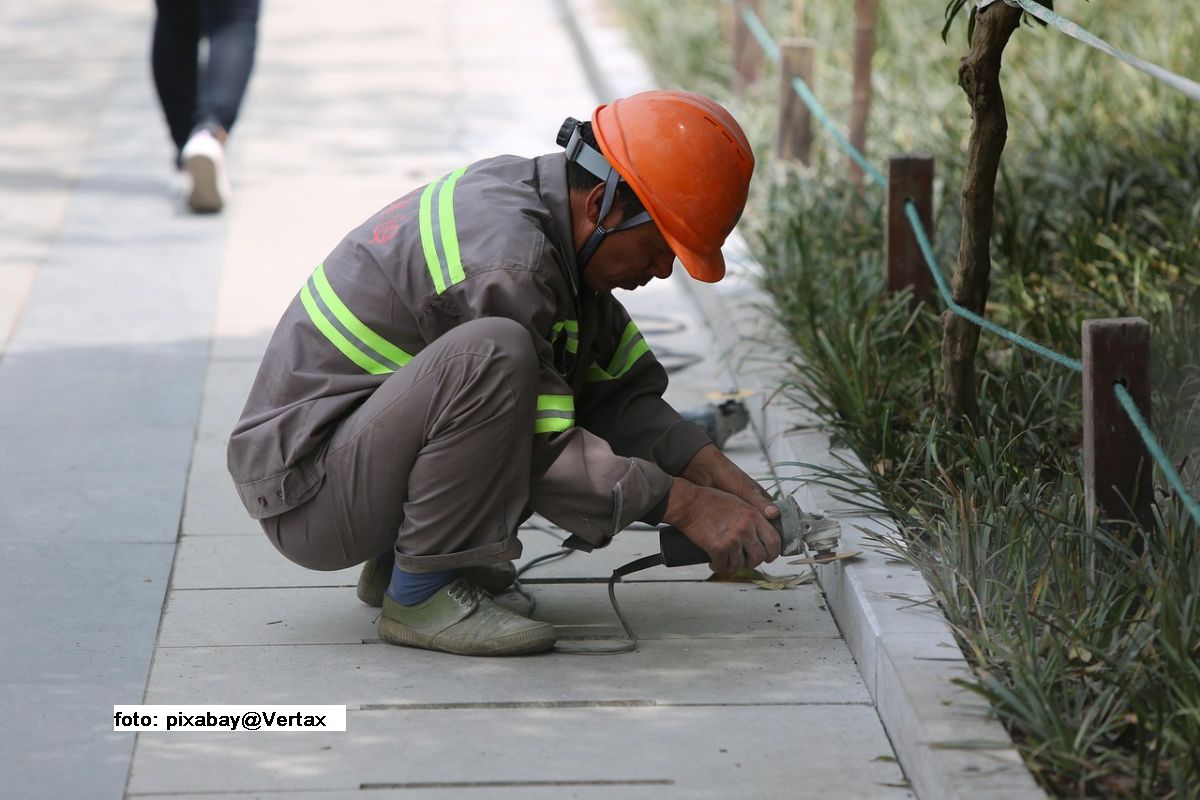Pollution and its aggressive forms in Romania
Waste incineration a very serious problem

Christine Leșcu, 08.12.2021, 14:00
Pollution in the big urban conglomerates seems to have been on the wane, because of the traffic restrictions imposed by the pandemic, mainly during the state of emergency in the first half of 2020. Back then, in Romania, car traffic and, implicitly, the gas emissions generated by cars had seen a sensible downturn, especially in Bucharest. We recall that among the European capital cities, the Romanian capital city is second-placed according to the pollution level. Notwithstanding, a worrying phenomenon resurfaced, which was somehow ignored, previously. Were speaking about the burning of waste in the rural areas surrounding Bucharest. The thick fog and the choking smell, typical for the fires, has been and still is unkindly felt by Bucharesters living on the outskirts of the capital city. Just as it has happened many times before, the civil society was the first one to have drawn the alarm signal because of that.
Oana Neneciu is the coordinator of the Aerlive environment sensors network and a member of the Ecopolis environmental association.
Oana Neneciu: “
“Unfortunately, we do not have data provided by the public authorities, officially, which should deal with such a phenomenon. We do not have relevant data, at that. We only have information provided by those who did their fact-finding visits on the ground and information we collected when we did our field work ourselves. It is about stuff provided by disaggregation of cars, mainly tires, and generally speaking, materials that cannot be recycled any more. They are taken to the fields or areas belonging to communes, or to areas surrounding Bucharest, but also in Dambovita County, for instance. They are taken there because they come in large quantities, and are burned, from time to time. They are just set ablaze by the members of village communities, about whom we understand they are in the disaggregation business as well. Yet we cannot give too many details since we do not have official data to that effect. That is why we, those of the Ecopolis non-governmental organisation and Aerlive, this autumn, we initiated a campaign running as Burned Air. We try to document the phenomenon so as to see where those materials come from, what happens to them, why they end up being burned on the fields and why the municipalities in those localities are still undecided as to what they need to do about that. For instance, we would like to know why they are not collected by the sanitation workers who do their job in those areas, to avoid the incineration of those materials.”
A recent survey carried by Aerlive with the support of The Atomic Physics Institute in Magurele has shown how damaging such incinerations are. The survey has revealed that, whenever household stove waste is incinerated, PM10 particles containing carcinogen substances are released in the atmosphere. Their quantity is much greater than the quantity of firewood burning waste. The study has also revealed that when plastic waste is incinerated, (PET, polyurethane foam, garment items) the toxicity is thousands of times higher, of the hydrocarbon particles released 700 times more than the wood-burning gas emissions. As of late, the phenomenon has nevertheless been gaining ground alarmingly enough for the authorities to do something about it. For instance, The Emergency Situations Inspectorate, in 2020 has reported more than 130 waste incineration interventions for the Bucharest-Ilfov area. All told, more than 870 tons of waste were burned.
Oana Neneciu:
“The Emergency Situations Inspectorate only reports the interventions it carries on private properties where uncontrolled incinerations are made, that is around the courtyards or even in the courtyards of private owners, for instance. But the fires in the fields, lit quite often, are put out by the very people who lit them, before the Emergency Situations Inspectorate gets there. In the fields, the Environment Guard also got there when they carried a series of large-scale control operations this past spring, they somehow managed to document a small part of the problem, in the village of Sintesti. But in fact, we do not have that many data on the issue, which is also worrying for us as well. That is why we have somehow tried to put pressure on the authorities so that they may find a solution.”
The European Commission itself has provided an explanation for such huge quantities of waste, which are not collected, nor are they properly stored. Romania is yet again to appear before the European Court of Justice for failing to comply with the Waste Framework Directive. In effect, Romania has failed to improve enough landfills so that the storage of waste does not jeopardize peoples health and does not pollute the environment.”
The Association for Nature and Environment Protection, led by activist Bogdan Tucmeanu, has for many years now been dealing with the situation of the landfills around Bucharest.
Bogdan Tucmeanu:
“As we speak, in the north-western part of the capital city there is a cluster of sanitation and landfill operators. There are about 6 or 7 firms dealing with that, apart from one of the most important such objectives, the Capital citys landfill, of the general Municipality, that is, lying nearby the locality of Rudeni, in fact lying in the area of Sector 1. From one year to the next, pollution problems have become greater. All those facilities Ive told you about and to which a great many industrial objectives are added, are extremely polluting. There are very many industrial or semi-industrial objectives which in turn contribute, to a great extent, to the all too familiar traffic-generated pollution or the one caused by residential heating.”
The non-compliant landfills release thick smells but also damaging chemical substances, while it appears that the waste which fails to be taken to those unmodernised facilities is burned. Moreover, the incineration of waste seems to have its economic reasons. For instance, tires and electric cables are burned because, as soon as the rubber melts, the metal inside can be put to good use.
Bogdan Tucmeanu:
“Indeed, this is a distressful trend and an extremely toxic way some people have chosen to make a living. The thing is we cannot quantify the proportion of such a misadventure generated by the waste incineration performed so that certain materials can be made available, especially the rare metals. And then again, the institutions failing to take action or their lack of coherence are a hindrance for us. And let me give you one example, it is an episode which is amusing, apparently, but which, in fact, is dramatic. Once a fire broke on the premises of one of those waste recycling firms. 15 minutes after we got there, the 112 system issued an alert message signalling a wildfire, although the fire brigade had also been there.”
As of late, a draft law has been nonetheless submitted to the Senate, including the suggestion whereby the illegal incineration of waste should be categorised as a crime, punishable by a mandatory minimum prison sentence of six months and a maximum of three years in prison, or a fine given in court.
(Translation by Eugen Nasta)






























